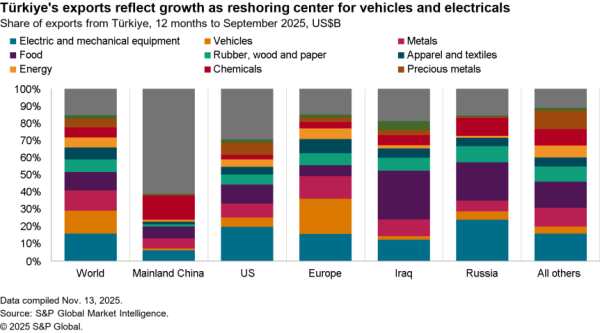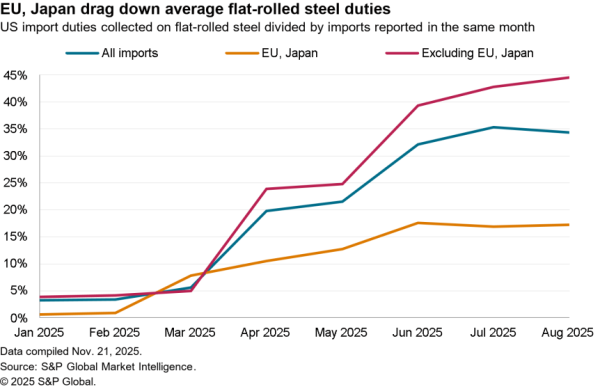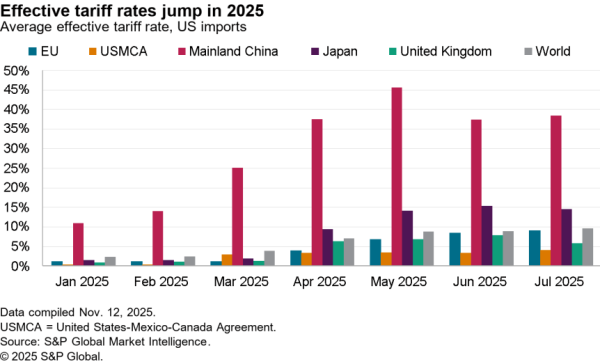Coffee prices have continued a steady downward trend since their recent peak in October. S&P Global Market Intelligence data shows the benchmark Colombian coffee price fell 23.9% to 93.9 USc/ pound on Apr. 19 from the Oct. 19 peak, though that’s part of a much longer-term downtrend.

Source: Panjiva
Panjiva analysis of ICO data shows that the drop in prices has been largely down to a surge in supply from Brazil. Total export growth has slowed with a 2.8% year over year increase in February following a 16.3% increase in the prior three months.
Yet, exports from Brazil – the largest exporter in the past 12 month – have continued to accelerate with a 36.4% increase in March from 32.6% in the prior three months.

Source: Panjiva
The acceleration in Brazil’s exports has been led by a surge in shipments to the U.S. with a 53.3% increase in shipments in February compared to a year earlier, Panjiva data shows. That compared to a 23.1% increase in the prior three months.
Shipments to Europe remain the most significant part of Brazilian shipments though, accounting for 51.2% of exports in the 12 months to Feb. 2018. Additionally shipments to the rest of the world outside the largest markets of the EU, U.S. and Japan have grown the most swiftly with a 72.5% jump in February from 45.5% in the prior three months.

Source: Panjiva
The top U.S. buyers are taking very different strategies towards the surplus of Brazilian coffee though. JM Smucker’s Folger has scaled up its purchases from Brazil by 95.3% year over year in February and Neumann Gruppe’s Rothfos has increased its imports by 187.3%. By contrast Starbucks has actually cut its imports by 10.4% – that may represent it taking advantage of lower prices from other countries to diversify its supplies to the U.S. and Europe.

Source: Panjiva




